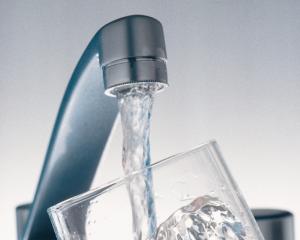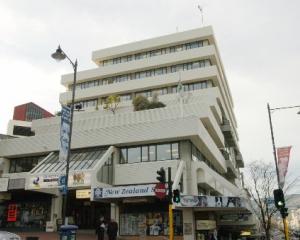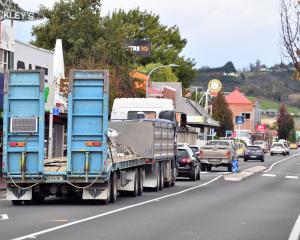
Council water and waste services manager John Mackie yesterday confirmed the $75.8 million second stage of the upgrade was now not expected to be completed until April or May next year, after tendering and other delays last year.
The council had hoped to complete the project by September 1 this year, when a condition attached to an Otago Regional Council resource consent expired.
The condition allowed the city council to use chlorination to disinfect wastewater streams before pumping it out to sea.
The stage 2 upgrade included new ultraviolet disinfection facilities, which had been expected to replace the chlorination process by August, to meet new ORC consent requirements.
Mr Mackie said the UV disinfection facilities were still expected to be completed by then, but other features of the plant's stage 2 upgrade would not be.
Chlorination would continue to be used at the plant as a "backstop" in big rain or storm events, when flows through the plant peaked, until the stage 2 upgrade was completed and the plant fully operational by May next year, he said.
"We had every intention of trying to get that [September 1, 2011] as a completion date, but with contract slippage and tendering arrangements and reviews and things that have come along, it was an ambitious programme.
"There may be cases where it's prudent from an environmental management perspective to still have chlorine in the toolbox, with the UV, to cater for those peak events."
Council staff were involved in "ongoing" discussions with ORC staff about the amended construction programme, he said.
Although the extension was yet to be formalised, Mr Mackie did not believe obtaining it from the ORC would be difficult, given progress towards completing the Tahuna plant.
Confirmation of the delay came as figures released by the council showed it spent more than $250,000 pumping about 340,000 litres of sodium hypochlorite - the chemical used to chlorinate the discharge - into the plant last year.
Chlorination aimed to reduce the wastewater's bacteria count to an acceptable residual level, before the material was pumped out to sea via the Tahuna plant's 1.1km outfall pipe.
The figures - released after a request under the Local Government Official Information and Meetings Act 1987 - showed 342,019 litres of the chemical was delivered to the plant in 2010 at a cost of $256,514.50.
Mr Mackie said almost all the chemical was used at the plant during the year, and was paid for from within existing operational budgets.
The exact dose was optimised to achieve the desired residual bacteria count, while minimising the effect at the seaward end of the outfall pipe, he said.
There was considered to be a "very, very small risk" of possible contamination of the marine environment as a result of chlorination, which could produce carcinogenic byproducts, and an equally small potential risk to humans from consuming contaminated seafood, he said.
There had been no reports of either so far, and an assessment of the possible effect had been carried out before the plant's original consent was granted, he said.
Chlorination remained common within New Zealand and internationally, although modern plants were moving towards UV disinfection, he said.
Chlorination was considered an undesirable long-term method of disinfection, which was why it was being replaced by UV disinfection at Tahuna, he said.
"Ultraviolet disinfection has absolutely no environmental consequence."












